As summer begins and we spend more time outdoors, it’s also a chance to bring attention to two lesser-known but serious types of cancer: sarcoma and bone cancer. Though rare, these cancers affect thousands of people each year—especially children, teens, and young adults.
Understanding these conditions can lead to earlier detection, better support for patients, and more informed conversations in our communities.
What Are Sarcoma and Bone Cancer?
Sarcoma is a type of cancer that starts in the body’s connective tissues—things like muscles, fat, blood vessels, and bones.
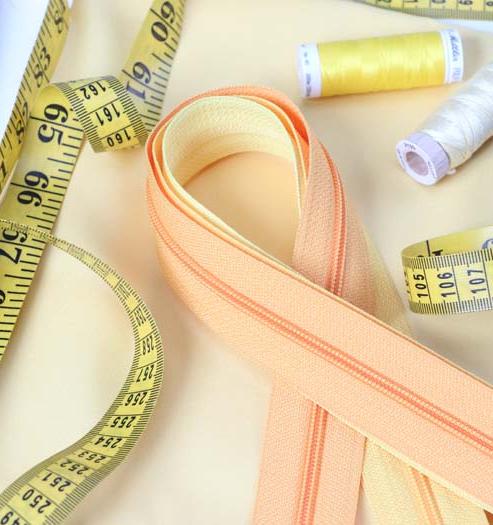
Bone cancer is a specific kind of sarcoma that begins in the bone itself.
While sarcomas make up less than 1% of adult cancers, they are more common in younger people, especially during growth spurts.
“Most osteosarcomas occur in children, teens, and young adults between the ages of 10 and 30. Teens are the most commonly affected age group, but people of any age can develop osteosarcoma.” — The American Cancer Society
There are many types of sarcomas, but some of the most well-known include osteosarcoma, a bone cancer that often affects teens; Ewing sarcoma, which also develops in bones or soft tissue and is more common in children and adolescents; and chondrosarcoma, which is more likely to affect adults and starts in cartilage.
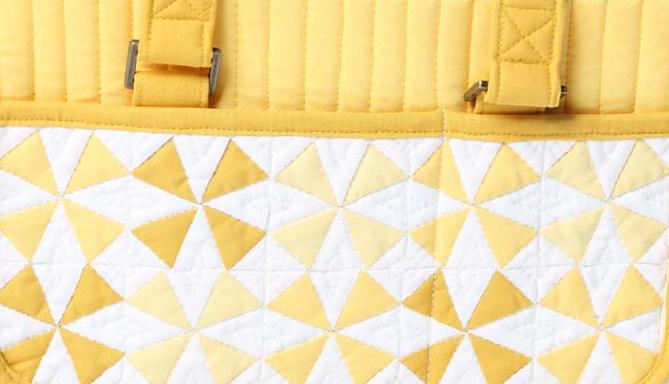
Soft tissue sarcomas, on the other hand, can occur in muscles, fat, nerves, or even deep skin layers. These can appear anywhere in the body but are often found in the arms, legs, or abdomen.
Sarcoma and Bone Cancer Awareness
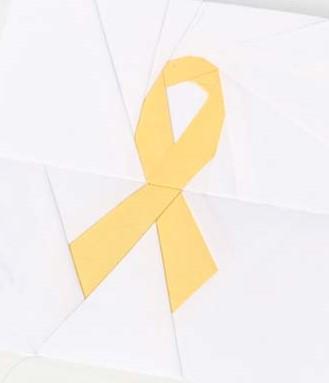
Lump/Pain
If a lump keeps growing or pain doesn't go away, it is worth getting checked.
Color:
Yellow
Although rare, they effect 1,000's per year — especially children, teens, and and young adults.
Month:
July
Why Early Detection Matters
Sarcoma can be hard to detect early. It often starts as a painless lump or swelling, or as a dull, persistent pain in a bone or joint. These symptoms can easily be mistaken for injuries, growing pains, or harmless cysts.

“Limb pain and swelling are very common in normal,
active
children and teens. They are much more likely to
be caused by normal bumps and
bruises, so they might
not prompt a doctor visit right away. This can delay a
diagnosis. If your child has these symptoms and the symptoms don't go away within a few
weeks
(or they get worse), see a doctor so that the cause
can be found and
treated, if needed.”
— The American Cancer Society
But if a lump keeps growing or the pain doesn't go
away —especially if it's worse at night — it’s worth getting checked
by a doctor.
Many sarcomas are aggressive, meaning they
can grow and spread quickly.
Catching them early can
make a big difference in treatment outcomes.
Because these cancers are rare, they’re sometimes overlooked in routine exams. Raising awareness helps patients, families, and even doctors recognize the signs sooner.
What Causes Sarcoma?
In many cases, we don’t know exactly why sarcoma develops. However, some people may be more at risk.
Certain inherited conditions, such as Li-Fraumeni syndrome or retinoblastoma, can raise the chances of developing sarcoma. So can previous exposure to radiation, such as from earlier cancer treatment.
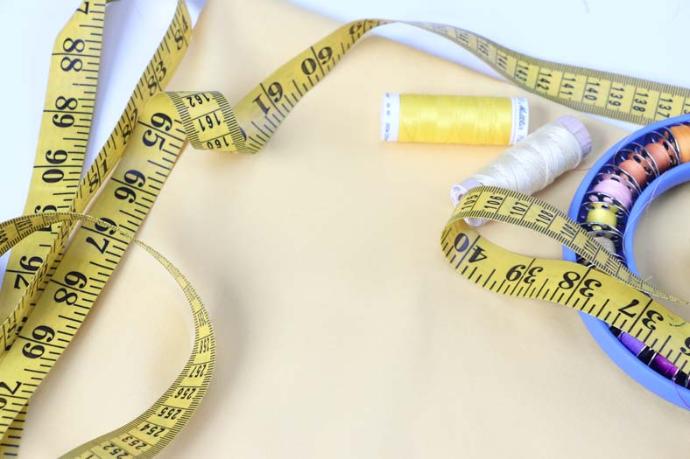
Still, many people who develop sarcoma have no known risk factors. It can affect anyone— regardless of age, background, or lifestyle.
Treatment and Life With Sarcoma
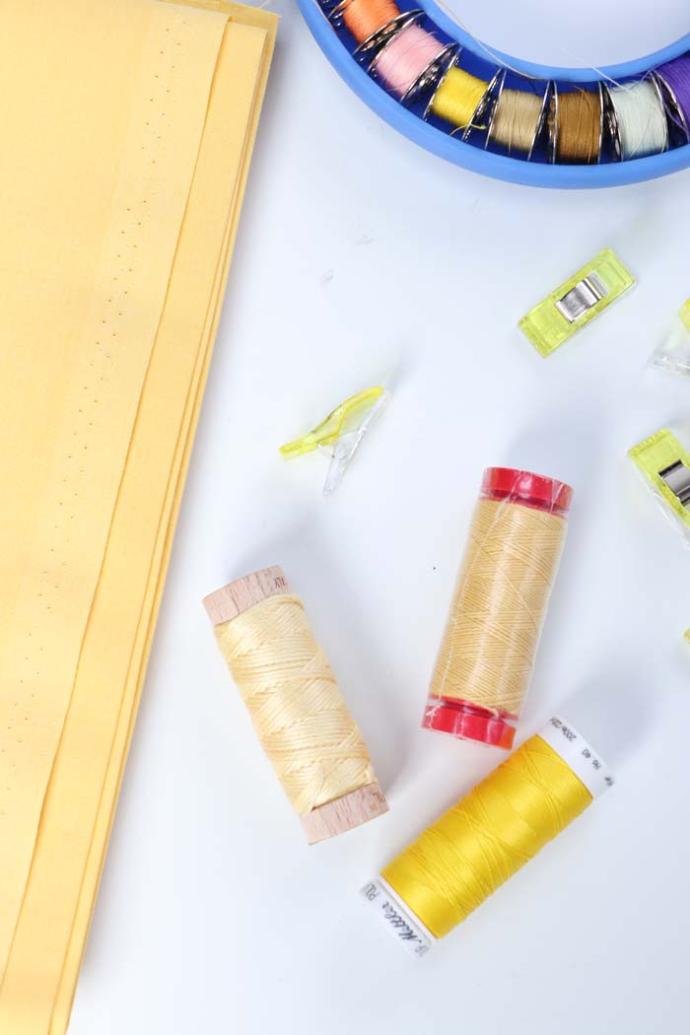
Treatment for sarcoma depends on where it is, how big it is,
and whether it has spread. Most patients will need surgery to remove the tumor.
In many cases, doctors can perform limb-sparing surgery
instead of amputation.
Chemotherapy and radiation are also used, especially for fast-growing sarcomas
like osteosarcoma or Ewing sarcoma.
The recovery process can be long and physically demanding.
For young people, this might mean taking time away from school, sports, or
normal routines. Emotional support from family, friends,
and counselors can be
just as important as medical care.
How You Can Help
You don’t have to be a doctor or a researcher to make a difference. The simplest way to help is by spreading the word.
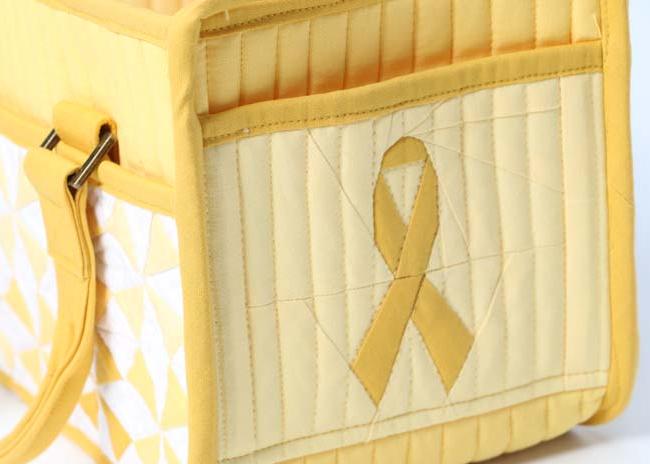
July is Sarcoma Awareness Month, and yellow is the color used to show support. Wearing yellow, posting online, or sharing facts about sarcoma helps raise visibility.
If you enjoy crafting or sewing, consider using yellow fabrics in your next project. Handmade quilts, bags, or gifts can be donated to patients or raffled off to support cancer research.
For those able to donate, organizations like the Sarcoma Foundation of America and the American Cancer Society fund critical research and provide support services for patients and families.
Even a small donation can go a long way.
If someone you know is going through treatment, offering meals, childcare, rides to appointments, or just emotional support can make their burden feel a little lighter.

Final Thoughts
Sarcoma and bone cancers may be rare, but for the people affected, the journey is very real. These cancers often strike at a young age, change lives overnight, and require strength, patience, and support to face.
By taking the time to learn about sarcoma, share information, or show support, you're helping bring much-needed attention to this overlooked cause. Whether it’s wearing yellow in July, making something by hand, or simply talking about it, your voice matters.
Let’s work together to shine a light on sarcoma—and support those fighting these tough battles every day.
Want to make a project to support sarcoma and bone cancer awareness? Use the chart below to find solids from your favorite fabric companies.
Find solids for the whole year here.
Disclaimer
Any and all content produced and displayed by ByAnnie.com is for educational and informative purposes only; it should not and does not replace a diagnosis by a medical professional. Statements made by ByAnnie.com are not medical advice. If any questions arise, contact your doctor or other qualified professional. Unless stated otherwise, the opinions and statements made are not by medical professionals. Reliance and usage of ANY information from ByAnnie.com is done solely at your own risk. None of the staff members of ByAnnie are, or claim to be, medical professionals. We urge you to consult with a medical professional to answer any questions or concerns that you may have. Stay healthy, stay safe, and happy stitching!
Resources
American Cancer Society's Bone Cancer Page —
https://www.cancer.org/cancer/types/bone-cancer.html
American Cancer Society's Osteosarcoma Page —
https://www.cancer.org/cancer/types/osteosarcoma.html
National Cancer Institute's Bone Cancer Page —
https://www.cancer.gov/types/bone
Sarcoma Foundation of America —
https://curesarcoma.org/
#SewPINK: Sarcoma and Bone Cancer